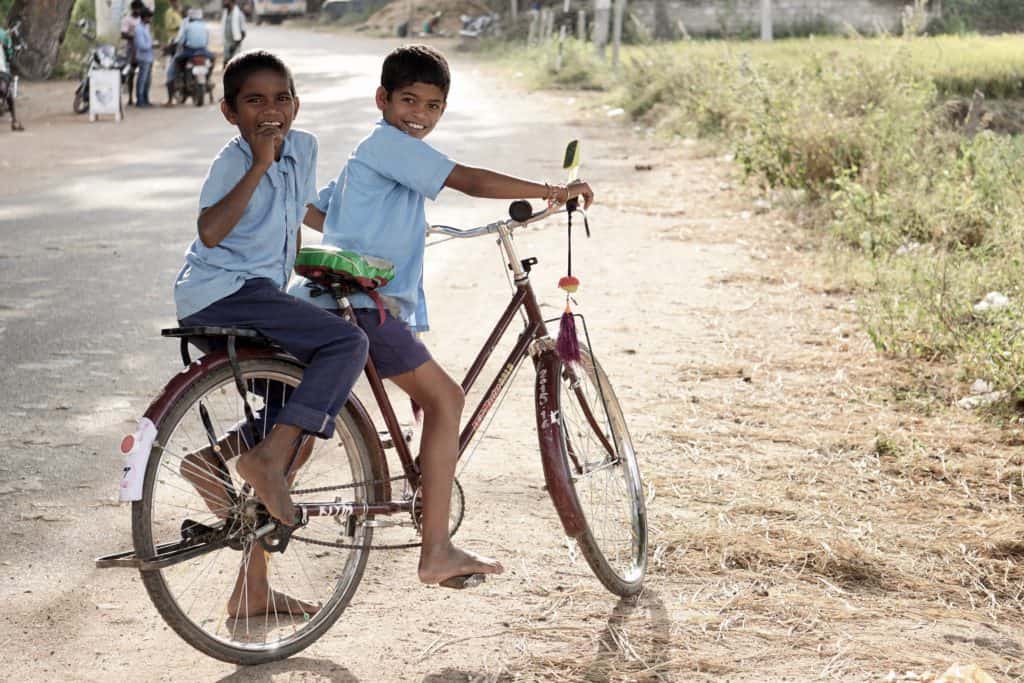Last year, Paris mayor Anne Hidalgo launched her re-election campaign, making the idea of a “15-minute city” one of the key pillars of her manifesto.
The concept, which simply refers to an urban neighborhood where all essential needs can be accessed within a 15-minute walk or bike ride, was proposed by Sorbonne professor Carlos Moreno in 2016. It has resurfaced to wide interest during the COVID-19 pandemic, and has been included by the C40 Cities, the World Health Organisation (WHO), and UN-Habitat in order to improve the quality of life in the context of COVID-19 and beyond.
The idea has its roots in an attempt to build safer, more resilient, sustainable and inclusive cities, as outlined in the Sustainable Development Goal 11 of the United Nations.
Hidalgo won reelection in June 2020, showing that the citizens of Paris voted for more walkable, friendlier neighbourhoods.
What is a 15-minute city?
Like many urban planners, Moreno believes that quality of life is inversely proportional to time spent in transportation, especially automobiles. So he defines a 15-minute city as an urban set-up where “locals are able to access all of their basic essentials at distances that would not take them more than 15 min by foot or by bicycle”.
These include six essential urban social functions: (a) living, (b) working, (c) commerce, (d) healthcare, (e) education and (f) entertainment. A 15-minute city in reality would mean that your workplace, your children’s school, your parent’s clinic and other such services are all within a kilometre or two of your house.
Read more: Prices high even as houses remain empty, unsold
Why now?
The coronavirus pandemic has made urban planners think of how to provide proximity-based services. During the lockdown, many cities faced unprecedented challenges where at least three to four of the essential urban functions mentioned above were not accessible to a majority. It also solidified socio-economic gaps between those who had private automobiles like cars and those who did not.
Why make cities walkable?
Most of our cities entirely rely on automobiles. The pandemic shut down public transportation, increasing the reliance on cars. It also created psychological effects where those who can afford private transport continue to avoid public transport. The 15-minute city tries to break the reliance on cars. Historically, cars have changed the dynamic of urban planning, opening doors for linear and perpendicular city grids that have built huge, inaccessible metropolises (think of the extent of the Mumbai Metropolitan Region). Oil-guzzling cars also have negative impacts on both biodiversity and the quality of life.
Space for cars?
Some 15-minute city concepts also include public transport but they are debated. The concept definitely has a greater focus on walking and bicycling. During the lockdown, cities saw an upsurge in the sale and usage of bicycles. Berlin rushed to set up two bicycle lanes. Bicycle service providers were considered a part of essential services in Copenhagen. Some cities created temporary infrastructure like the maze-like park in Austria where visitors can enjoy green spaces while maintaining social distances. All this points to a need for and interest in services and infrastructure that can be within reach. And now, all this becomes part of the 15-minute city concept.

Are 15-minute cities attainable?
Urban areas are subject to a regulation called zoning, this means that certain neighbourhoods might be residential only, or certain might be purely commerical (think Ballard Estate or Bandra-Kurla complex in Mumbai).
Achieving a 15-minute city would need a “mixed-use” zoning plan where residential, commercial, and other services are allowed to coexist. Not just this, the 15-minute city is heavy on walking and cycling which comes with its own demands of pedestrian and bicycle-friendly infrastructure. People will only walk (or cycle) if they have bump-free, uninterrupted and continuous networks of pavements or cycling tracks.
Read more: 1.5 cr people walk to work, but Mumbai doesn’t prioritise pavements
The shortcomings
While the 15-minute city concept addresses the inherent divide created by cars, and tries to correct it, it is ambitious in its focus of providing all services to all residents. The concept’s concentration on diversity is both its strength and shortcoming. For example, children, the elderly and the disabled might live in the same neighbourhood but it might be difficult to fulfil their vastly different needs. The 15-minute concept can also be critiqued for its focus on rich western countries as opposed to developing countries whose workforce might not be employed in digital work, but in factories that cannot afford to set up within an urban centre.
What do you think about the concept of a 15-minute city? Would you like Mumbai to become one? Tell us in comments below.
Also read: